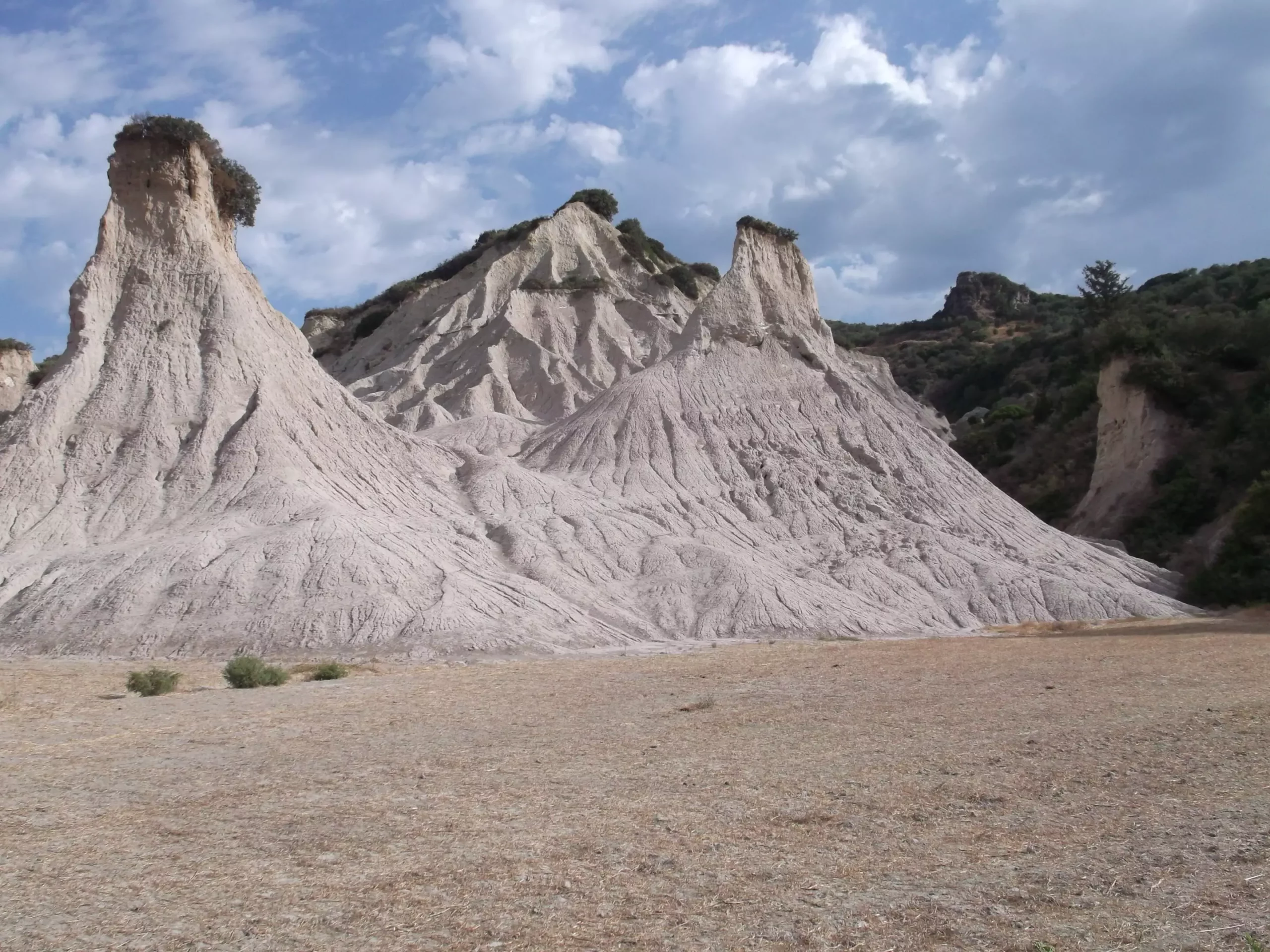The Mediterranean Sea, a cradle of biodiversity, witnessed a catastrophic ecological crisis approximately 5.5 million years ago known as the Messinian Salinity Crisis. An extensive new study spearheaded by Konstantina Agiadi from the University of Vienna delves into the profound losses in marine life and the timelines necessary for recovery following this drastic environmental upheaval. By analyzing geological records and fossil evidence, the research team uncovers not only the extent of biodiversity losses but also the fundamental shifts in marine ecosystems that ensued.
The Messinian Salinity Crisis represents a key geological event when the Mediterranean Sea experienced dramatic climatic and ecological changes due to its isolation from the Atlantic Ocean. This event led to the formation of extensive salt deposits, some of which exist today as massive salt giants under the Mediterranean seabed. The crisis is attributed to tectonic movements that altered sea connections and resulted in severe salinity fluctuations.
Previous studies have highlighted the geological aspects of the crisis, but Agiadi’s team takes a step further by quantifying its impact on marine biodiversity. They found that only 11% of the endemic species—those unique to the Mediterranean—survived this cataclysm, a stark indicator of the region’s vulnerability to environmental shifts. Notably, the subsequent recovery of biodiversity took an astonishing 1.7 million years, challenging prior assumptions that nature’s rebound could occur more swiftly.
Using a multifaceted approach, which included analyzing fossil records from both terrestrial and marine environments, the researchers gathered comprehensive data on species diversity before and after the crisis. Their findings revealed that nearly two-thirds of marine species present post-crisis were newcomers, having established themselves only after the environmental tumult. This significant replacement of species underscores the crisis’s role in reshaping Mediterranean marine life.
The study also discomfortingly illustrates the fragility of specialized ecosystems such as the Mediterranean. The abrupt shifts in salinity and temperature not only annihilated various species but also disrupted the fundamental biological processes that sustain marine ecosystems. The loss of tropical reef-building corals, a pivotal component of marine biodiversity, serves as a prime example of how ecosystem dynamics can be irrevocably altered.
A salient takeaway from Agiadi’s research is the extended duration required for ecological recovery in the aftermath of such crises. The staggering 1.7 million-year timeframe highlights the resilience challenges faced by marine ecosystems. This extensive period raises pivotal questions about the mechanisms of recovery and the potential vulnerabilities of contemporary marine environments in the face of ongoing climate change and human-induced stressors.
Furthermore, the study’s innovative methodologies open avenues for assessing ecological responses in other marine regions affected by similar crises. By establishing a framework linking geological activity, salt formation, and biodiversity, researchers can explore the impacts across various contexts and geographies, potentially unveiling common threads in ecological resilience and vulnerability.
The findings from this study do not merely conclude with the documentation of historical biodiversity patterns; they also invigorate ongoing scientific dialogue about the implications these results hold for the future. Questions around survival strategies of the 11% of species that endured the salinization, as well as the effects of prior significant salt formations on marine ecosystems, remain largely unaddressed. This gap in understanding compels researchers to examine how ecosystems adapt to changes and what those adaptations imply for the survival of marine biodiversity in current and future contexts.
The initiation of the Cost Action Network “SaltAges” offers an exciting platform for interdisciplinary collaboration, bringing together experts to explore the biological, climatic, and social ramifications of historic salt ages. Such investigations may illuminate the intricate relationships between geological events and ecological evolution, enriching our comprehension of marine life’s history and long-term sustainability.
The study led by Konstantina Agiadi presents a pivotal contribution to marine ecology by meticulously analyzing the consequences of the Mediterranean Salinity Crisis. The findings emphasize the fragility of marine ecosystems and the lengthy timelines associated with recovery following ecological disturbances. As we confront the accelerating pace of climate change and biodiversity loss today, insights gleaned from historical events like the Messinian crisis must inform conservation strategies and foster resilience in marine environments globally. The research not only enhances our knowledge of past ecosystems but also serves as a critical reminder of the challenges that lie ahead in preserving the rich biodiversity of our oceans.

